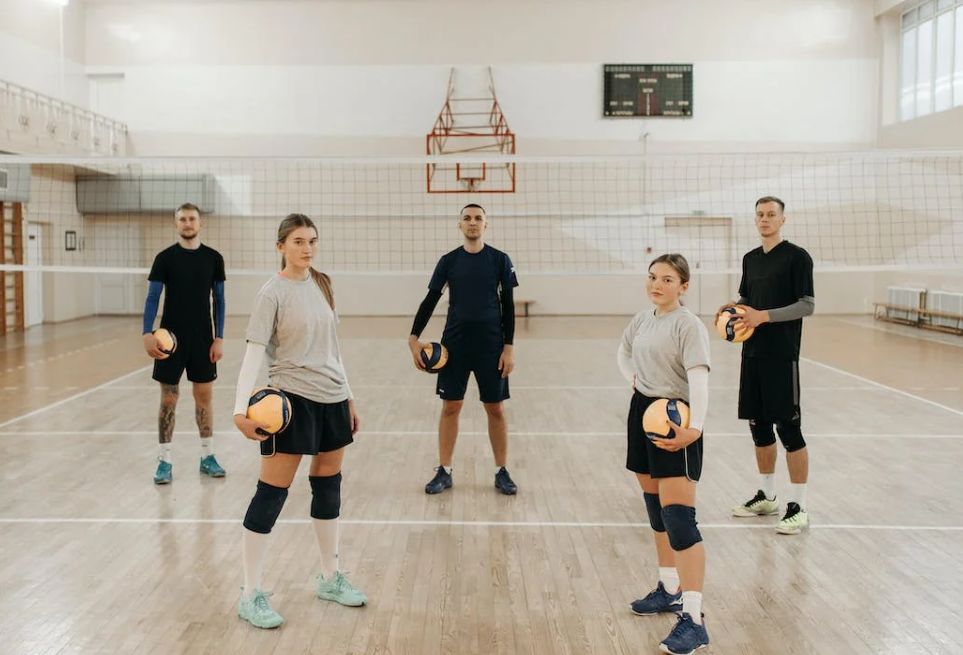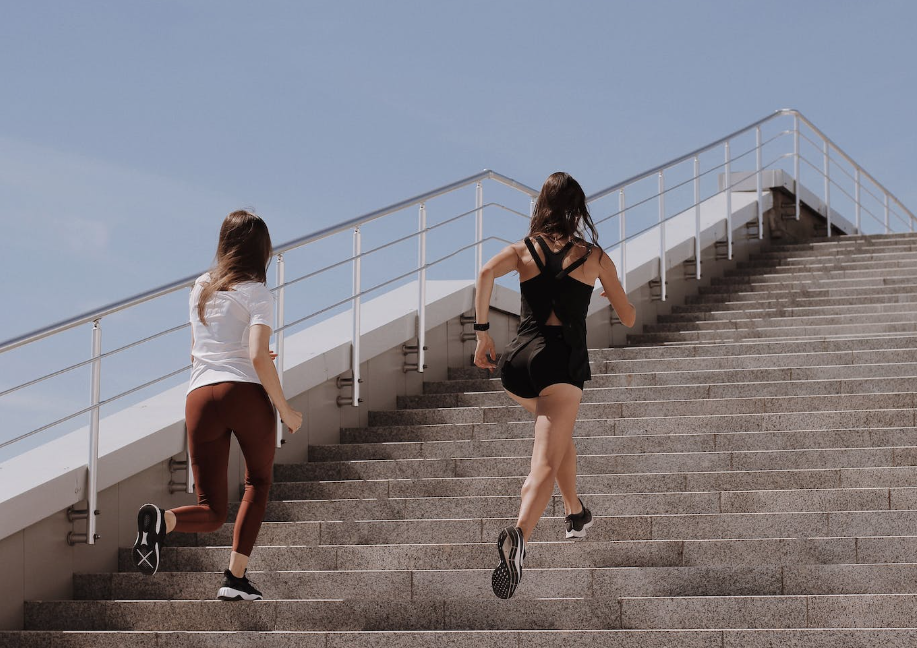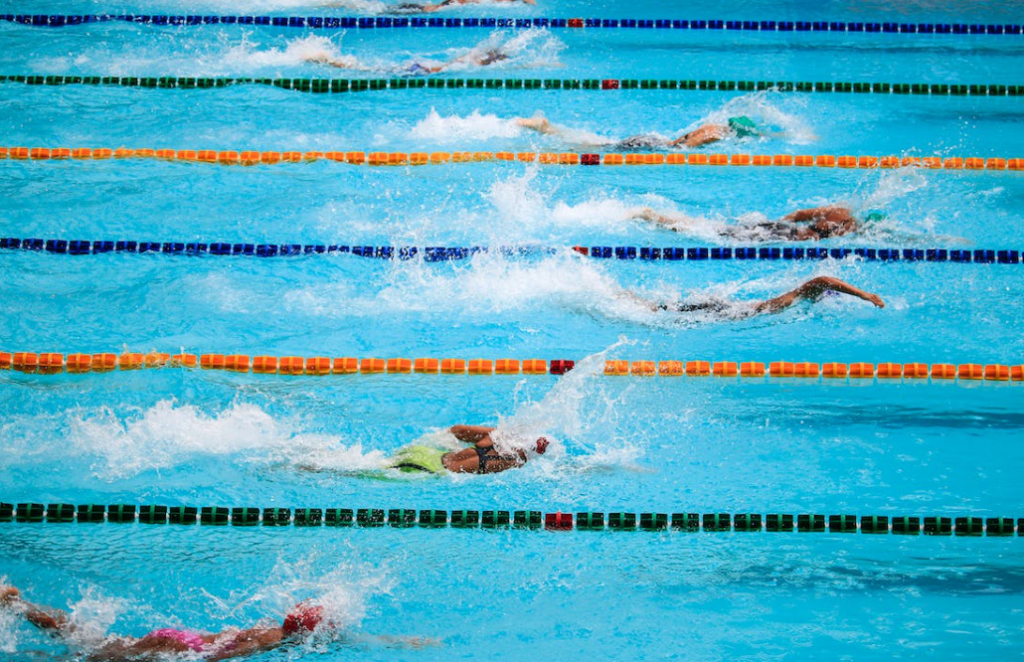Visualization For Athletes
Learn about the visualization technique used by high-performance athletes to improve their technical execution.

Selfpause Affirmation App
Download the app to get 1,000’s of affirmation meditations and everything you need to write, record and listen to your own.
Visualization is a technique used by high-performance athletes to improve their technical execution. It also improves motor skills, muscle strength, attention concentration, pain management, and performance motivation. It should be performed using the five senses, including perspective and emotion, and take into account the task and environment. However, there are some important considerations before beginning to visualize.
Disassociated from visualization

Disassociated from a visualization for athletes is different than associated visualization, which is more powerful. It allows athletes to understand their body movements by visualizing them from a perspective other than their current reality. This perspective allows them to work through painful experiences. They can also see their performance from an outside perspective. However, disassociation is not always useful for athletes.
Visualization is a great way to improve performance in sports. It can help athletes reduce competitive anxiety by eliminating the unknowns that cause them to worry. The key to successful visualization is to include as many of your senses as possible. The more sensory details you include, the more powerful it will be.
When practicing visualization, it is important to use kinaesthetic imagery. This helps athletes perform better because it increases self-awareness. Through kinaesthetic imagery, athletes can feel what they are doing and can become more familiar with certain movements and patterns. Increased visualization is also beneficial because it increases habitual behavior.
Visualization has been found to improve performance in sports, including bodybuilding. It has even been used by elite athletes to train their bodies for competition. In fact, some experts in the field say that it is like a mental rehearsal for the best possible performance. The process of visualization was first introduced by the Russians in the 1960s. People who are interested in improving their performance should seek help from a professional hypnotherapist or sports psychologist.
Mental imagery plays a central role in the functioning of humans, and many elite athletes use it to improve training, performance, and recovery. Visualization has become an essential part of sports and can be practiced anywhere. Moreover, it can be a useful tool in the recovery process following an injury.
Process-based visualization

Visualization is a powerful technique that can help athletes achieve their goals and improve their performance. However, it must be practiced with diligence and deliberateness to get the best results. In many cases, athletes give up on visualization as soon as they don’t see immediate results. This is why it’s important to set a schedule for visualization.
One benefit of visualization is that it can reduce physical and psychological stress and anxiety. It also improves the ability to shut out the crowd and focus. In addition, athletes who suffer from performance anxiety can use this technique to reduce their anxiety and improve their performance. Many high-caliber athletes use visualization. Some of the most famous athletes in history have gotten benefits from it.
Visualization can improve your performance in sports by enabling you to mentally rehearse specific actions or scenarios. In this way, athletes can build their reactions and be more effective when the actual game starts. This technique is especially useful for team athletes who can practice new plays. It can also help MMA fighters prepare for changing opponents.
As with any new skill, visualization takes time and effort to master. The first few times you try it, you may find your mind wandering, but don’t give up. As you get more disciplined, you will find it easier to keep your focus. You can even use the image as a memory to help you overcome physical injuries.
Another benefit of process-based visualization is that it allows you to stay relaxed, which is essential for athletic performance. When you’re stressed and anxious, it’s nearly impossible to perform at your optimal level. With mental imagery, you can achieve this state of relaxation and improve your performance. Whether you’re a football player or a baseball player, you can increase your performance by focusing on your goals and reducing your stress. You’ll be a better athlete and a better competitor.
While the benefits of process-based visualization are difficult to quantify in the traditional sense, there have been numerous studies supporting the benefits of the practice. For example, research has shown that mirror neurons activate motor cortex areas in the brain. This allows the brain to learn and perform actions. By imagining yourself performing a specific action, the motor cortex will become activated.
Guided visualization

Guided visualization for athletes is a mental practice that is often used to train for athletic events. Athletes are taught to focus on the final goal while practicing specific mental exercises. The key to successful visualization is consistency. Athletes should practice visualization daily for 10 to 15 minutes, five days a week. The first few days of practice might feel uncomfortable, but over time it will become second nature. It is important to note that random thoughts can occur during visualization, so it’s important to let these go and focus on your goal.
Guided visualization for athletes can be helpful for athletes of any sport. Using a professional sports psychologist or personal coach can help you get the most out of this technique. They know how to push the right buttons for maximum results. However, even if you don’t have a coach, visualization is a proven technique that has been used by elite athletes.
The technique can help athletes overcome performance anxiety. Through visualization, athletes can focus on their performance and feel confident in their abilities. They feel less nervous before competitions and are better able to block out the noise and crowd. Visualization is a widely accepted technique among high-level athletes and famous sports personalities.
Using visualization to train for an event has proven to be beneficial for athletes of all sports and performance levels. The key is to choose a specific goal and visualize how it will look and feel. Visualization works best when the goal is detailed and specific, and the visualization should be as realistic as possible. It can help athletes reach their peak performance and achieve their goals.
Guided imagery can help athletes train more effectively and efficiently. Because the success and failure of a sport are often measured in seconds, guided imagery can be a great way to improve performance. In addition, it can help athletes build up their reactions and react optimally when faced with new situations. This technique has also proven helpful for MMA fighters.
Visualization is a powerful way to mentally prepare for an event. It involves engaging all of your senses, allowing you to see the event from a first-person perspective. Whether you’re playing an Olympic-level competition or a recreational game, visualization can help you visualize the ultimate victory and improve your performance.
Mind machine

Mind machines are designed to provide athletes with a mental edge. They have specialized programs that help athletes focus, adjust their biological clocks, and even relieve the symptoms of jet lag. The mind machines can also teach athletes to relax and induce sleep. Athletes often use these machines during long travel.
Training athletes mentally is vital to optimizing performance. Traditional training focuses on repetitive physical skills, not mental training. The brain is a complex system, and traditional physical training techniques only train the muscles. By strengthening the brain, athletes can maximize performance. However, retraining past memories and mental triggers can make a big difference. A mind machine can be an important part of your practice regimen.
One of the benefits of using a mind machine is that it provides a detailed look at the human mind. Scientists can use the data to study mental states. It uses a special technology known as “brain mapping” to break down brain activity into four states. These states are accompanied by various feelings, which a trainer can use to target training.
The Mind machine consists of a control unit and headphones. The headphones are designed to be comfortable and easy to wear. It is also connected to the Internet and has the ability to download new session material. The device is also compatible with iOS systems. These machines are highly customizable. People can choose the right model according to their needs.
Although this technology is a relatively new development, it is already used in professional athletics. It is also used in physical training programs. There are several universities that use the technology. The Boulder Center for Performance and Sport Psychology is just one of the institutions utilizing this technique. The brainwave training equipment will help athletes improve their concentration and decision-making.
Our Top FAQ's
Visualization techniques can be used by athletes to improve their performance by allowing them to mentally rehearse and visualize successful outcomes of their sport. This can help to build confidence, focus, and concentration, as well as help to refine techniques and tactics. Visualization can also be used to help athletes overcome performance anxiety and negative thoughts.
There are a variety of visualization exercises that athletes can use to train their minds. One example is to spend a few minutes each day visualizing a specific task or event, such as hitting a tennis serve or executing a perfect free throw. Another exercise is to imagine a “perfect game” or competition, in which everything goes exactly as planned. Other visualization exercises might include imagining successful outcomes of specific drills or exercises, or visualizing oneself overcoming challenges or obstacles during training or competition.
Visualization can be a powerful tool for helping athletes overcome mental barriers and setbacks during training or competition. By visualizing successful outcomes and positive self-talk, athletes can build confidence and motivation, which can help them to overcome challenges and setbacks. Visualization can also be used to help athletes let go of negative thoughts and emotions that might be holding them back.
Visualization can be incorporated into an athlete’s training routine in a variety of ways. One option is to set aside specific times each day for visualization exercises. Another approach is to use visualization as a way to warm up before training sessions or competitions. Additionally, athletes can use visualization as a way to mentally prepare for specific tasks or challenges that they will encounter during training or competition.
While visualization can be a powerful tool for enhancing athletic performance, it is important to use it in a balanced and responsible way. Overuse of visualization or reliance on it to the exclusion of other training methods could potentially lead to negative outcomes. It is also important to be aware that visualization alone may not be sufficient to improve performance, and should be combined with physical training and practice to be most effective.
